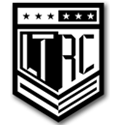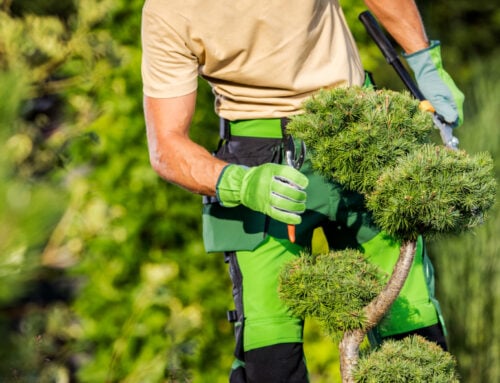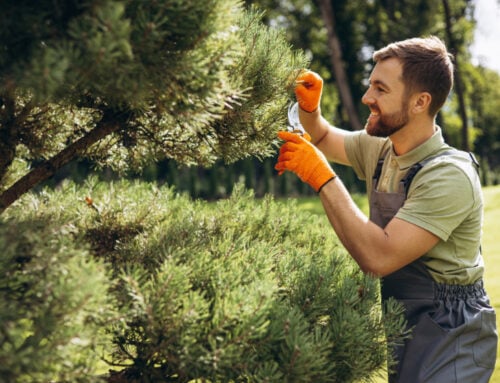Homeowners often overlook the critical practice of tree trimming, yet it is a fundamental aspect of maintaining a vibrant, healthy landscape. Trimming trees not only enhances the aesthetic appeal of your property but also ensures the safety and longevity of your greenery. Selecting the right time for pruning is more than just a seasonal preference; it can significantly impact the health and growth of your trees. We will delve deep into understanding when the best time to trim your trees is.
Tree Maintenance is a Crucial Yet Overlooked Art
The natural allure of trees can transform your backyard into a tranquil oasis, but this beauty comes with the responsibility of proper care. Understanding when and how to trim your trees can prevent disease, encourage healthy growth, and fortify them against the elements. This art of tree maintenance is more than a chore; it’s a practice that can save you from future hazards and expenses.
Home to over 23 billion trees in the United States, our collective landscapes contribute to the well-being and health of our environment. However, without regular care and attention, these trees can become liabilities rather than assets. So, let’s explore the best time to engage in this essential practice.
Factors to Consider for Optimal Trimming
Before marking your calendar several factors come into play when determining the right time to trim your trees. Tree species, natural growth patterns, the climate of your region, and even the weather forecast can influence the best pruning times. Let’s break down these critical factors to set the stage for a well-informed tree-trimming schedule.
Tree Species and Growth Patterns
Each tree species has its preferred growth cycles and tolerances for pruning. Some hardwoods, like oaks and maples, benefit most from pruning before the spring growth, while others, such as pine and spruce, respond best to trimming during dormant winter periods. Learning about your tree’s specific needs is the first step to proper care.
Climate and Weather Conditions
The local climate is a significant influencer on tree health and response to pruning. Extreme weather can cause stress on freshly pruned trees, leading to damage or disease. Areas with clear seasonal changes might offer stark differences between optimal pruning periods, with the right climate being critical for healing and growth.
Spring Tree Care
Spring is often touted as the best time to trim trees, coinciding with the awakening of the plant world. This season’s renewal process puts your trees into growth mode, making it easier for them to heal and recover from any cuts. Here are the finer points of spring pruning. The benefits of spring pruning include stimulating new growth and helping shape young trees, prioritizing wound healing due to a surge in tree growth, and removing potential hazards before the active growing season.
Timing Considerations for Spring Tree Care
For deciduous trees, the best time to prune is just before spring, after the coldest days have subsided. Aim for late March to early April when the leaf buds begin to swell. However, avoid pruning too late into the season, as new growth can be more sensitive to damage from late freezes.
Pruning in Summer
Summer is a time of vigorous growth, and strategic trimming can help manage this development to ensure trees maintain their structure and resilience. However, summer pruning differs significantly from that done in spring. The benefits of summer pruning include controlling and directing growth to maintain the desired shape, managing dense foliage to allow better air circulation and sunlight penetration, and addressing limb defects and damages caused by storms or pests.
Timing Considerations for Summer Pruning
The best time for summer pruning is typically in June after the seasonal growth has slowed slightly from the initial spring flush. It’s important to avoid pruning too late into summer when new growth starts to harden off, as this can delay recovery and cause stress to the tree.
Pruning in Fall to Prepare for Winter
Fall pruning is often seen as an extension of summer pruning, with the goal of tidying up and making necessary adjustments before trees enter their dormant period. It’s not the most suitable time for heavy cuts, but it offers advantages for certain species. The benefits of fall pruning include clearing out dead or diseased wood, adjusting the shape of the tree before winter storms, and encouraging the closing of pruning wounds before the dormant season.
Timing Considerations for Fall Pruning
Early fall is the best window for pruning, typically around late September to early October. Doing so after the peak of summer growth but before the first frost ensures the tree has ample time to heal without the risk of damage from extreme temperatures.
Hiring a Professional Arborist: The Prudent Option
For many homeowners, tree pruning can be a daunting task best left to the professionals. Certified arborists possess the knowledge and expertise to trim trees with precision, ensuring the best results for your tree’s health and longevity. Professional arborists can also provide invaluable advice on the overall care of your trees, such as fertilization, disease control, and other maintenance practices that can complement your pruning efforts. While DIY is commendable, some jobs are better suited to experienced hands.
Summary of the Best Times to Trim Your Trees
In conclusion, the best time to trim your trees varies depending on the species, regional climate, and the specific objectives of the pruning. Spring and early fall are usually the most versatile periods, offering both the benefit of active healing and the least stress on the tree.
Understanding these nuances and hiring professional help when needed can ensure that your trees receive the best care at the optimal times. Your investment in time and expertise will not only be rewarded with a beautiful landscape but also with strong, healthy trees that will stand the test of time. So next time you glance at the calendar, remember it’s not the date that matters most but the well-timed act of pruning that embodies your commitment to your trees.
Schedule the Best Time to Trim Your Trees With LTRC!
Ready to ensure the health and beauty of your trees with precision and care? Contact LTRC Tree Specialists in Alpharetta, Georgia, at (404) 288-5872 or visit our website and let our certified arborists provide the expertise your trees need to flourish. Schedule a consultation today!

Contact Us For A Free Estimate!







